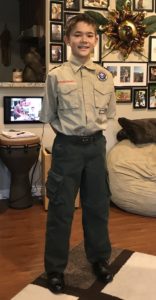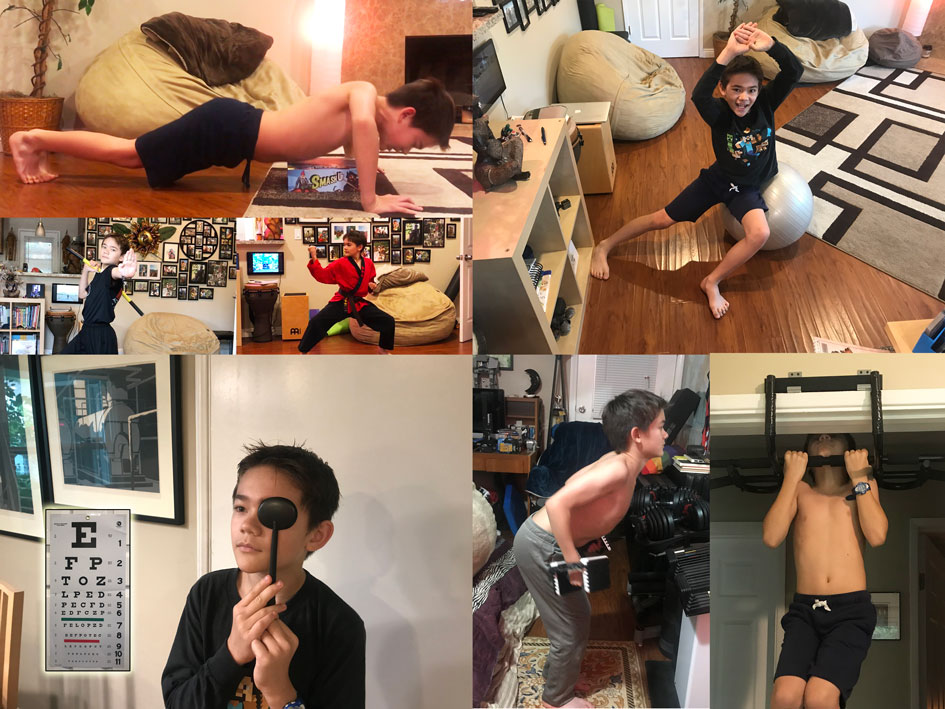Below are the requirements I completed for the Pioneering Badge
Note: Click any image on this page to enlarge it in a new tab
ADDITIONAL REQUIREMENTS COMPLETED
In addition to the above, I also researched all the following areas and then completed a verbal presentation/interview to demonstrate my knowledge and understanding for each of them.
Requirement: Explain the following…
- Explain to your counselor the most likely hazards you might encounter while participating in pioneering activities and what you should do to anticipate, help prevent, mitigate, and respond to these hazards.
- Discuss the prevention of, and first-aid treatment for, injuries and conditions that could occur while working on pioneering projects, including rope splinters, rope burns, cuts, scratches, insect bites and stings, hypothermia, dehydration, heat exhaustion, heatstroke, sunburn, and falls.
- Explain the differences between synthetic ropes and natural fiber ropes. Discuss which types of rope are suitable for pioneering work and why. Include the following in your discussion: breaking strength, safe working loads, and the care and storage of rope.
- Explain the uses for the back splice, eye splice, and short splice. View a demonstration on forming each splice.
- Describe the lashings that are used when building a trestle, how the poles are positioned, and how X braces contribute to the overall structural integrity of a pioneering project.


